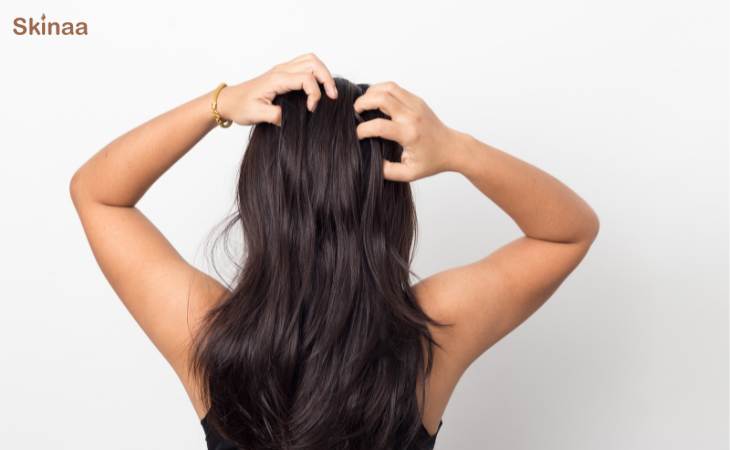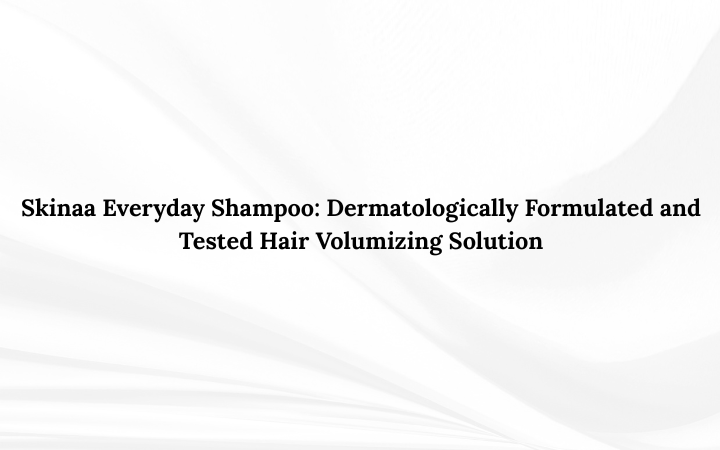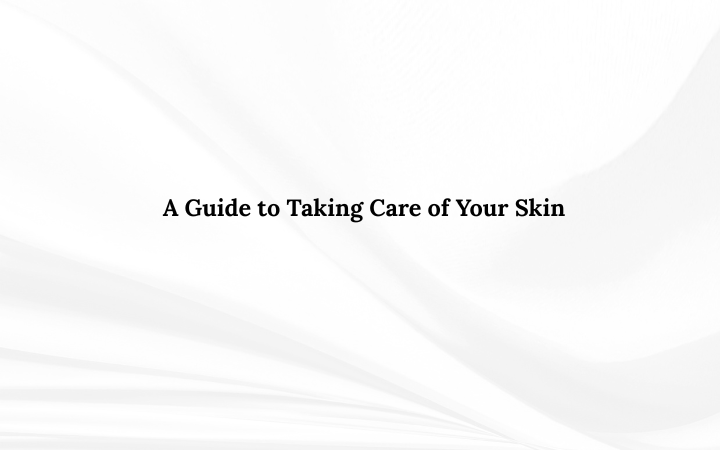Hair care is an essential part of our daily routine, affecting not only our appearance but our overall well-being. With a myriad of products, treatments, and advice available, navigating the world of hair care can be overwhelming. This guide aims to demystify the process, offering simple, effective tips to maintain healthy, vibrant hair.
Understanding Your Hair Type
Identify Your Hair Type: Hair care begins with understanding your hair type—oily, dry, normal, or combination. Your hair type determines the products and care routines that will work best for you.
Adapt Your Routine: Once you've identified your hair type, tailor your hair care routine to suit its specific needs. For instance, oily hair may require more frequent washing, while dry hair may benefit from deep conditioning treatments.
Proper Washing Techniques
Choosing the Right Shampoo and Conditioner: Select products that match your hair type and concerns, such as color protection, volume, or hydration. Sulfate-free shampoos and conditioners are generally gentler and suitable for most hair types.
Washing Frequency: Overwashing can strip your hair of its natural oils, leading to dryness and damage. Conversely, washing too infrequently can lead to product buildup and scalp issues. Find a balance that keeps your hair and scalp clean without over-drying.
Nutrition and Hair Health
A Balanced Diet: Healthy hair starts from within. A diet rich in vitamins, minerals, and proteins supports hair growth and strength. Focus on foods high in vitamins A, C, D, E, zinc, iron, and omega-3 fatty acids.
Stay Hydrated: Drinking plenty of water is crucial for maintaining the health of your hair, as hydration affects its strength and shine.
Hair Conditioning and Treatments
Deep Conditioning: Regular use of a deep conditioning treatment can improve the texture and appearance of your hair, especially if it's dry or damaged.
Hair Masks and Oils: Natural oils (like coconut, argan, and jojoba) and hair masks can provide extra moisture and nutrients, promoting healthy hair growth and preventing breakage.
Styling and Handling Hair
Minimize Heat Styling: Frequent use of heat styling tools (hairdryers, straighteners, curling irons) can damage your hair. Use heat protectant products and opt for lower temperature settings.
Gentle Styling: Avoid tight hairstyles that can pull on the scalp and hair follicles, leading to hair loss over time. Use hair ties without metal parts to reduce breakage.
Regular Trims
Prevent Split Ends: Regular trims, every 6-8 weeks, help prevent split ends from causing further damage up the hair shaft. Trimming doesn't necessarily make your hair grow faster, but it keeps it looking healthy and vibrant.
Protecting Hair from Environmental Damage
Sun Protection: Just like your skin, your hair needs protection from the sun. Wear hats or use hair products with UV protection to prevent color fading and dryness.
Chlorine and Salt Water: Before swimming, wet your hair with clean water or apply a leave-in conditioner to protect it from chlorine and salt water damage.
Taking care of your hair doesn't have to be a complex or time-consuming process. By understanding your hair type, choosing the right products, and adopting healthy hair habits, you can maintain beautiful, healthy locks. Remember, the key to great hair care is consistency and patience. Embrace your hair's unique qualities, and treat it with the love and care it deserves.









